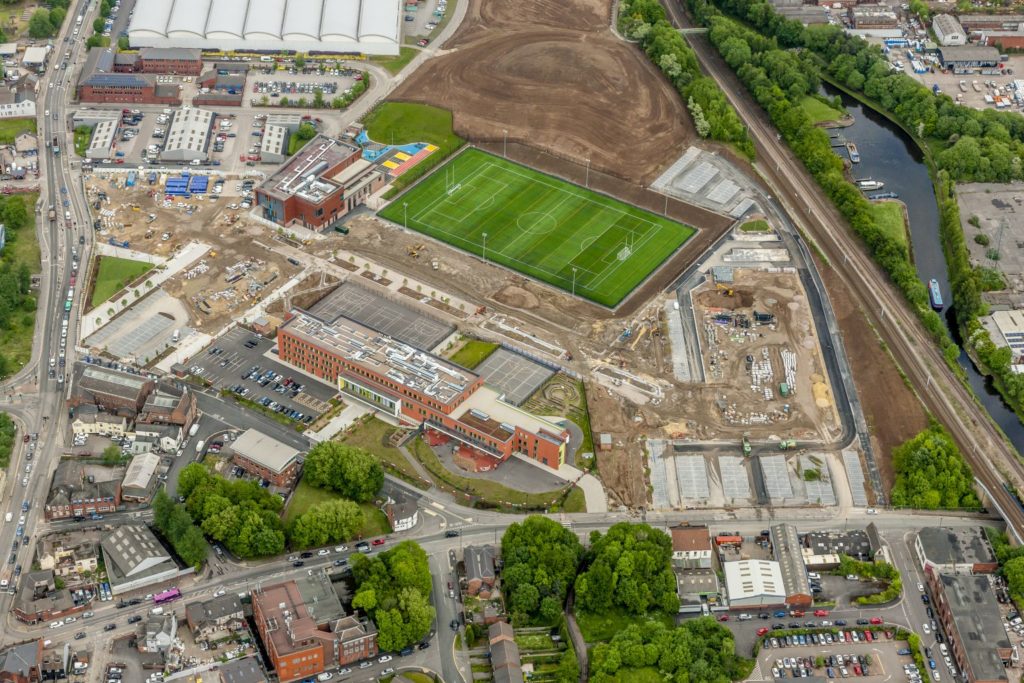But sometimes we forget, or possibly do not appreciate, the importance sport plays in the economy of Yorkshire as well as its impact on the health and wellbeing for so many of our citizens.
The London 2012 Olympics and its legacy, along with events such as the Yorkshire Grand Depart of the Tour of France, are examples of how Yorkshire has been able to turn these events into good business opportunities.
In the last few weeks, cycling, through the Tour of Yorkshire, has contributed millions of pounds to the Yorkshire economy along with positive publicity, with a broadcast reach of over 125m worldwide.
As the Tour finished in Stockbridge, Sheffield was hosting the 40th final of the World Snooker Championship, which has generated well in excess of £100m for the Sheffield economy over the years. The tournament is broadcast to over 100 countries with a viewing audience of well over 300m.
These two events demonstrate the power of sport to positively sell a region or a city.
This is all very positive for our region and opens up many opportunities for business in a multi-million pound market place.
But we need to take the impact and opportunities of sport and physical activity to another level in addressing the health and wellbeing of the nation.
One of London 2012 legacy projects – the National Centre for Sport and Exercise Medicine – was intended to do just that, and in Sheffield, where part of the Centre is located, it is starting to have a positive effect.
The Centre is a location for sport and exercise medicine specialists, health practitioners, researchers, clinicians and patients at three venues across Sheffield. It combines medical intervention and physical activity with patient-focused set of outcomes to assess the effectiveness of treatment.
Its programs are creating a culture of physical activity to improve the population’s health, with nearly 40,000 referrals per year.
The NCSM works closely with the Advanced Wellbeing Research Centre on the Olympic Legacy Park in Sheffield.
The Park is a living laboratory which includes the English Institute for Sport, Ice Sheffield, a basketball arena, a University Technical College teaching life and sports sciences to 14 to 19-year-olds, and the Oasis School, which is a two to 16-year-old through school. In all, over 3,000 people a day will be working, training or being educated at the Park.
But the centrepiece of the Olympic Legacy Park is the Advance Wellbeing Research Centre, a £14m investment bringing together expertise from academia, industry and the medical professions to deliver innovations that help people to keep active.
It is carrying out collaborative research with commercial partners including Toshiba, Westfield Health and Park Run to create development and investment opportunities for private sector partners working with Sheffield Hallam University and the Sheffield Teaching Hospital Foundation Trust.
Important in all of these projects is the quantification of the impact of the innovations by investment return. This is being measured by using NHS-style return on investment and on the products and services by the Nesta – Standards of Evidence.
The Olympic Legacy Park is gearing up to deliver other research and development based around orthopedics and children’s technology and innovation.
The Olympic Legacy Park is only one of many initiatives in Yorkshire which is bringing the public and private sector together in the area of health and wellbeing. The Y&H Academic Health Science Network is also opening up opportunities.
Yorkshire needs to gear up to take advantage of its assets in this are with the nation’s health expenditure well in excess of £100bn and growing, and with the rest of the developed world facing the same health problems, the opportunities to use our knowledge, intellectual property and expertise in bringing new products and services to the market have never been greater.
